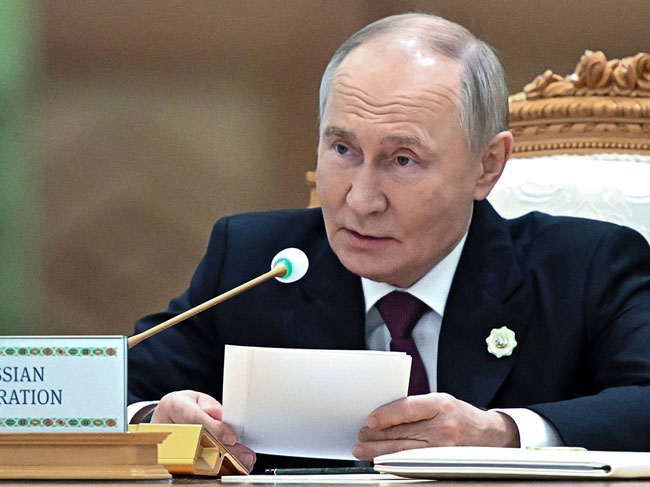Desk:Desk: Russia has been engaged in a war against Ukraine for nearly two years, resulting in the loss of thousands of soldiers and significant economic resources. Over the past year, the country allocated nearly one-fourth of its total wealth to the war effort, which included military preparations and operations against Ukraine.
According to data from Russia’s Ministry of Finance, the National Wealth Fund still holds 12 trillion rubles (approximately $117 billion). However, Russia’s cash reserves have significantly dwindled, standing at just 3.8 trillion rubles—a 24% drop compared to the same period last year, and a staggering 57% decrease compared to early 2022. Two years ago, Russia’s cash reserves were 8.9 trillion rubles, but now they are less than half that amount.
The situation is dire, as massive military expenditures have pushed the economy into a fragile state. Even essential spending on public welfare programs faces challenges due to cash shortages. Despite the grim outlook, Russia’s economy has found some relief through oil and gas exports, which have exceeded initial targets, according to the Ministry of Finance. So far, 1.3 trillion rubles have been drawn from the National Wealth Fund to reduce the budget deficit.
Experts attribute the economic downturn to sanctions imposed by the U.S. and allied nations. These restrictions have severely impacted Russia’s ability to fund major infrastructure projects and attract foreign investments. Furthermore, Russia has been forced to sell oil and gas at heavily discounted rates to countries like India and China, resulting in reduced revenues.
The Bank of Russia has warned that if the current situation persists, the National Wealth Fund could face significant depletion. Military expenditures continue to rise, and international sanctions have made it difficult for foreign companies to invest in Russia. As a result, the country’s economic stability remains under considerable strain.




